The 5 Best Live Chat Apps for Customer Support in 2025
In 2025, customer expectations for real-time, personalized support are higher than ever. Live chat has evolved from a simple communication tool to a critical component of customer experience, blending AI, automation, and seamless integrations to resolve issues faster and build loyalty. This guide explores the top eight live chat apps for businesses in 2025, detailing their features, pricing, and ideal use cases to help you choose the right solution.

1. Zendesk Chat
Best For: Mid-sized to large enterprises requiring omnichannel scalability.
Key Features:
AI-Powered Chatbots: Leverage machine learning to auto-resolve common queries (e.g., order tracking, returns) using historical support data.
Unified Agent Workspace: Combine live chat, email, social media, and voice support in a single dashboard.
Advanced Analytics Suite: Track real-time metrics like average response time, customer satisfaction (CSAT), and first-contact resolution (FCR).
Proactive Triggers: Automatically initiate chats based on user behavior (e.g., time spent on a pricing page).
Pros:
- Seamless integration with 1,200+ apps via Zendesk Marketplace, including Salesforce, Shopify, and Slack.
- Multilingual support for global teams (supports 40+ languages).
- Customizable chat widgets to match brand aesthetics.
Cons:
- Premium plans start at $49/agent/month, which may be costly for small teams.
- Advanced features like AI require onboarding and training.
Use Cases:
E-commerce brands managing high-volume inquiries.
SaaS companies offering 24/7 technical support.
Why It Stands Out: Zendesk’s end-to-end customer service ecosystem ensures scalability and compliance, making it a top choice for enterprises.
2. Intercom
Best For: Sales and support teams prioritizing conversational engagement.
Key Features:
Custom Chatbots: Build no-code bots for lead qualification, FAQ resolution, or appointment booking.
Proactive Messaging: Trigger automated messages based on user actions (e.g., cart abandonment, feature usage).
Shared Inbox: Collaborate with internal notes, collision detection, and automated ticket routing.
Conversational CRM: Track customer interactions across email, chat, and social media in one profile.
Pros:
- Intuitive drag-and-drop bot builder for non-technical users.
- Free plan for startups (up to 50 contacts).
- Integrates with HubSpot, Stripe, and WhatsApp.
Cons:
- Pricing scales steeply with contact volume ($74+/user/month for advanced features).
- Limited customization in lower-tier plans.
Use Cases:
- SaaS companies nurturing leads via chat.
- E-commerce brands reducing cart abandonment.
Why It Stands Out: Intercom bridges sales and support, making it ideal for teams focused on revenue-driven conversations.
3. Freshchat (Freshworks)
Best For: Small businesses needing affordable AI-driven automation.
Key Features:
Freddy AI: Resolve up to 50% of routine queries with AI trained on your knowledge base.
Ticketing System: Convert chats into tickets and assign them to agents with priority tags.
Canned Responses: Save pre-approved replies for faster resolution (e.g., refund policies).
Mobile App: Manage chats, tickets, and bots on iOS and Android.
Pros:
- Free plan for up to 10 agents.
- Integrates with Freshdesk, Freshsales, and WhatsApp Business.
- User-friendly interface with minimal training required.
Cons:
- Limited third-party integrations outside Freshworks’ ecosystem.
- Basic reporting compared to competitors like Zendesk.
Use Cases:
- Startups needing cost-effective, all-in-one support.
- Retailers handling seasonal inquiry spikes.
Why It Stands Out: Freshchat balances affordability with powerful automation, ideal for SMBs on a budget.
4. Tidio
Best For: E-commerce businesses focused on conversion optimization.
Key Features:
Chatbots + Live Chat: Combine AI-driven product recommendations with human support.
CRM Sync: Automatically pull customer data from Shopify, WooCommerce, or Mailchimp.
Visitor Analytics: Track real-time metrics like session duration and page views.
Prebuilt Templates: Deploy carts, FAQs, and feedback bots in minutes.
Pros:
- Free plan for up to 3 agents.
- Affordable paid tiers ($29+/agent/month) with unlimited chats.
- Mobile-responsive widgets for seamless mobile shopping.
Cons:
- Limited customization for complex workflows.
- No native phone or video chat support.
Use Cases:
- Online stores recovering abandoned carts.
- Service businesses collecting instant feedback.
Why It Stands Out: Tidio’s e-commerce focus drives sales while reducing support tickets, perfect for growth-focused brands.
5. Drift
Best For: B2B companies using conversational marketing.
Key Features:
Account-Based Messaging: Personalize chats for high-value leads using firmographic data.
Meeting Scheduler: Book demos or calls directly within the chat interface.
Playbooks: Automate lead routing based on intent signals (e.g., whitepaper downloads).
Revenue Analytics: Track chat-to-opportunity conversion rates.
Pros:
- Integrates with Salesforce, HubSpot, and LinkedIn for seamless lead management.
- The free plan includes basic chat, email, and meeting scheduling.
- AI prioritizes high-intent leads using historical data.
Cons:
- Premium plans start at $2,500/month, targeting enterprise budgets.
- Overly complex for non-B2B use cases.
Use Cases:
- Enterprise sales teams qualifying leads.
- Tech companies booking product demos.
Why It Stands Out: Drift’s focus on pipeline acceleration makes it indispensable for B2B revenue teams.
6. LiveAgent
Best For: Companies needing multichannel support and self-service options.
Key Features:
Unified Helpdesk: Manage live chat, email, Facebook, and X (Twitter) in one dashboard.
Video Chat: Offer face-to-face support via embedded video calls.
Knowledge Base: Embed help articles and tutorials within the chat widget.
Customer Portal: Let users track tickets and access historical chats.
Pros:
- Affordable pricing ($15+/agent/month).
- 200+ integrations, including WordPress and Magento.
- On-premise deployment for enhanced data security.
Cons:
- Outdated UI in legacy modules.
- Limited AI capabilities compared to rivals.
Use Cases:
- Educational institutions handling student inquiries.
- Telecom companies managing billing disputes.
Why It Stands Out: LiveAgent’s budget-friendly, all-in-one platform suits businesses needing phone, email, and chat support.
7. Zoho Desk
Best For: Zoho ecosystem users seeking CRM-powered support.
Key Features:
Contextual Support: Access customer purchase history, past tickets, and social profiles during chats.
Sentiment Analysis: Detect frustration or satisfaction via AI-driven tone assessment.
AI-Powered Assist: Suggest responses based on previous interactions.
SLA Management: Automate escalations for overdue tickets.
Pros:
- Free plan for up to 3 agents.
- Deep integration with Zoho CRM, Projects, and Analytics.
- Robust automation for ticket routing and prioritization.
Cons:
- Limited third-party app integrations (e.g., no Shopify or Stripe).
- Mobile app lacks features like canned responses.
Use Cases:
- Zoho CRM users streamlining support workflows.
- Agencies managing client communication.
Why It Stands Out: Zoho Desk’s CRM integration provides unparalleled context, ideal for teams invested in the Zoho ecosystem.
8. HubSpot Service Hub
Best For: Teams using HubSpot CRM for end-to-end customer journeys.
Key Features:
Conversational Bots: Qualify leads, book meetings, or resolve issues without agent input.
Knowledge Base Integration: Embed help articles directly in chat responses.
Customer Feedback: Automate CSAT surveys post-chat.
Reporting Dashboard: Track team performance against KPIs like resolution time.
Pros:
- Free plan includes basic live chat and ticketing.
- Complete visibility into customer interactions via HubSpot CRM.
- Advanced automation for ticket routing and workflows.
Cons:
- Premium features require Service Hub plans ($45+/month).
- Steep learning curve for teams new to HubSpot.
Use Cases:
- Marketing agencies aligning support with campaign data.
- Startups scaling with HubSpot’s all-in-one platform.
Why It Stands Out: HubSpot unifies marketing, sales, and service data, making it ideal for data-driven teams.
How to Choose the Best Live Chat App for Your Business

1. Assess Your Needs
Team Size: Small teams should prioritize affordability (e.g., Freshchat, Tidio), while enterprises need scalability (Zendesk, Intercom).
Industry:
- E-commerce → Tidio (cart recovery), Zendesk (omnichannel).
- B2B → Drift (ABM), Intercom (lead nurturing).
- SaaS → Intercom (product onboarding).
Budget:
- Free tiers → Freshchat, HubSpot, Tidio.
- Mid-range → LiveAgent, Zoho Desk.
- Enterprise → Zendesk, Drift.
2. Prioritize Key Features
AI Automation: Zendesk, Intercom, and Freshchat lead in AI-driven resolutions.
CRM Integration: HubSpot, Zoho Desk, and Drift sync natively with CRMs.
Multichannel Support: LiveAgent and Zendesk unify email, chat, and social.
3. Test Drive Free Plans
Most apps offer free trials or limited free tiers. Before committing, test usability, bot performance, and mobile responsiveness.
Final Recommendations
Startups: Freshchat or Tidio for affordability and ease of use.
E-commerce: Tidio for cart recovery or Zendesk for global scalability.
B2B Enterprises: Drift for ABM or Intercom for conversational CRM.
HubSpot/Zoho Users: Stick with Service Hub or Zoho Desk for ecosystem synergy.
By 2025, live chat is no longer optional—it’s a competitive necessity. Invest in a tool that aligns with your workflow, budget, and growth goals to stay ahead in customer experience.
Related Articles

The 8 Best To-Do List Apps for Android in 2025

12 Best Productivity Apps for Mac in 2025

Best Apps for iPhone: 6 To-Do List Picks in 2025
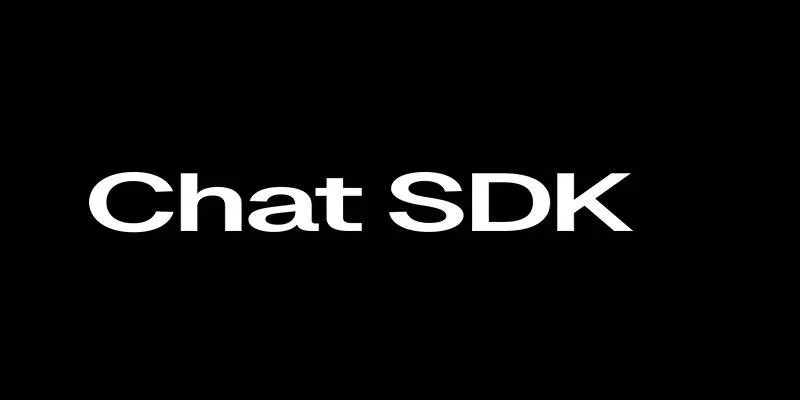
Discover the Best Chat SDKs for Real-Time Communication Features

Enhance Your Customer Support with These 6 Automation Strategies
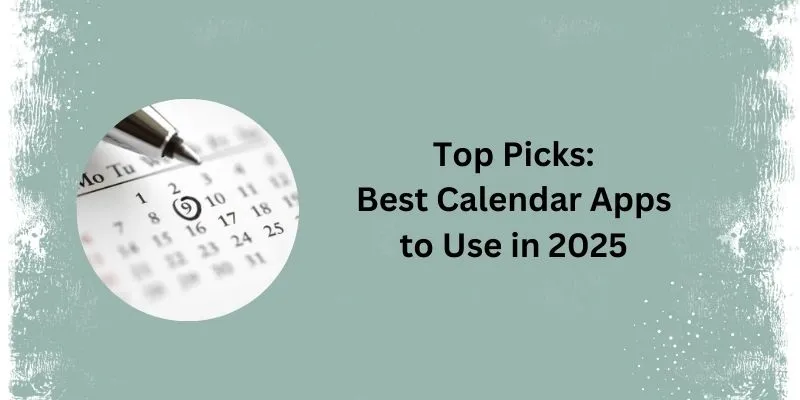
What Are the 5 Best Calendar Apps to Use in 2025?

The 6 Best Construction Management Software Options to Streamline Your Projects
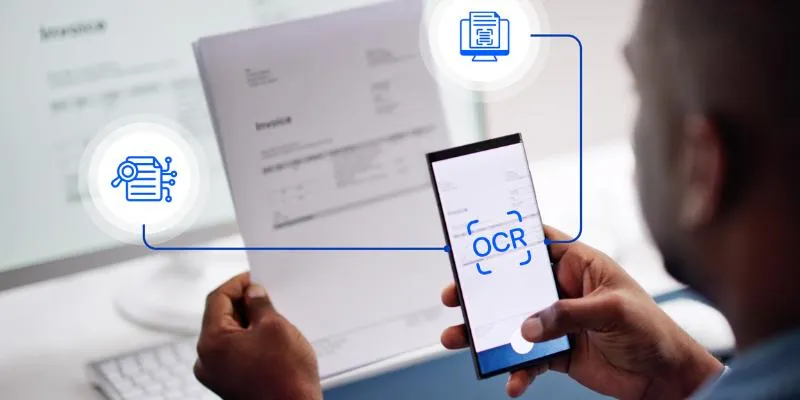
Top 5 Mobile Scanning and OCR Software to Use in 2025

8 Best To-Do List Apps for Mac in 2025

How to Create Web Apps Using Claude Artifacts: A Full Beginner-Friendly Guide

Best Code Editor Apps in 2025 for Fast, Clean Coding

Top Video Editors for Android – Best Alternatives to iMovie
Popular Articles

Best Tools for 1920x1080 Image Conversion: Comprehensive Analysis
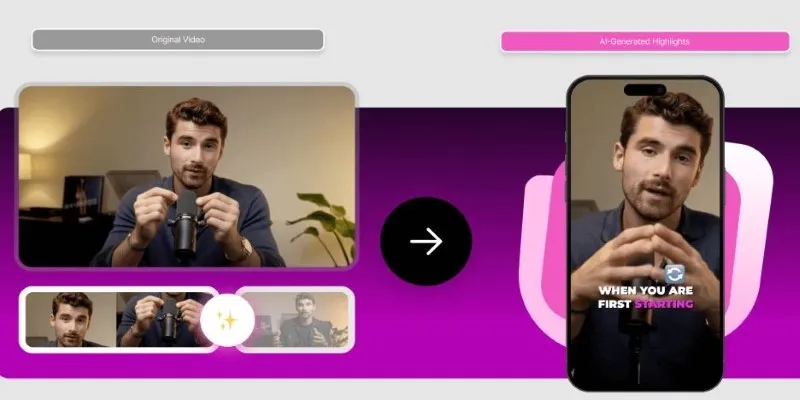
AI Highlight Video Makers: Top 3 Tools to Capture Best Moments
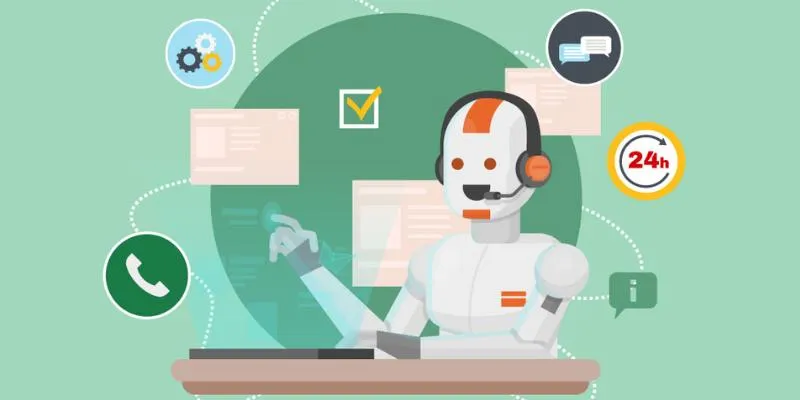
How to Use JustCall and ChatGPT for Smarter Customer Service?

The 8 Best To-Do List Apps for Android in 2025
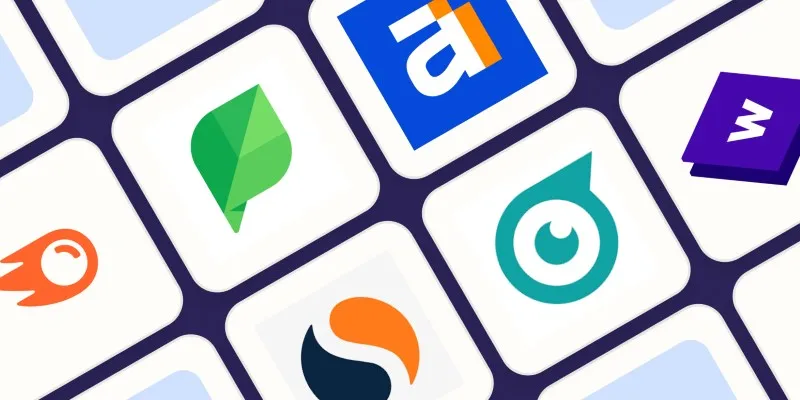
The 10 Best Competitor Analysis Tools in 2025 to Level Up Your Strategy

Top 5 Effective Methods to Convert M4V to FLV Easily
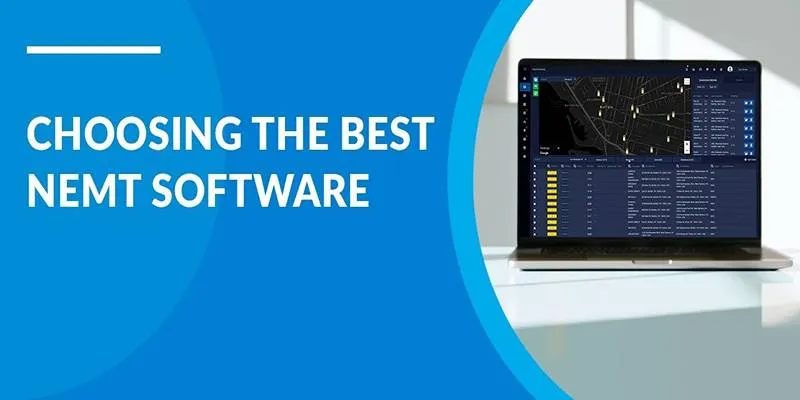
Discover Top NEMT Software for Scheduling and Route Optimization
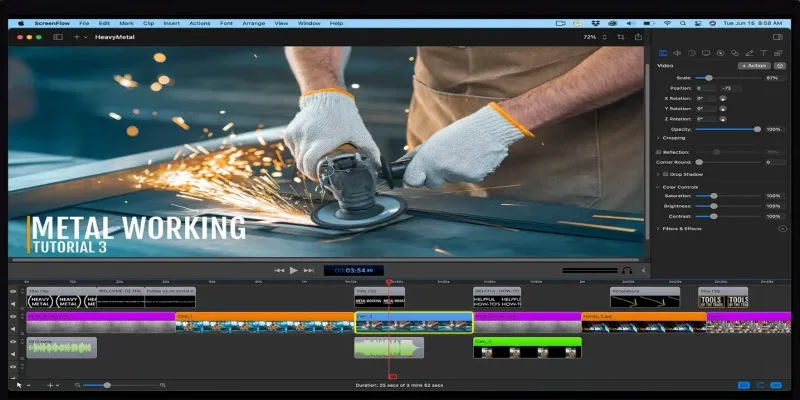
Top Screen Recording Tools for Windows Users Who Can’t Use ScreenFlow

How to Change Aspect Ratio in iMovie Across Devices

Startup Essentials: 9 Free Tools That Will Revolutionize Your Workflow

High-Quality Music Video Editing: Best 5 Desktop Software Picks
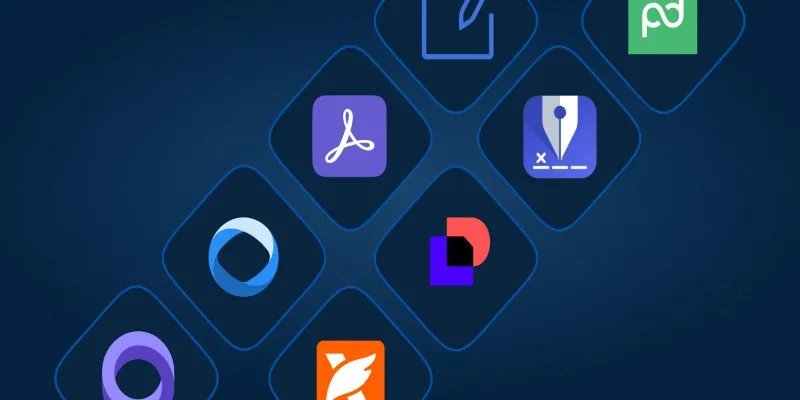
 mww2
mww2